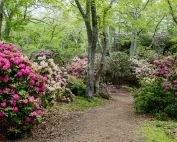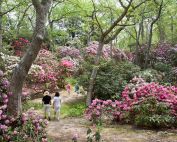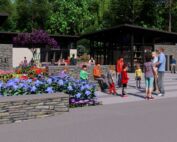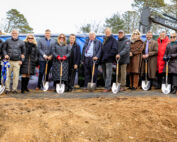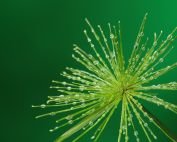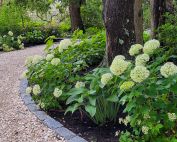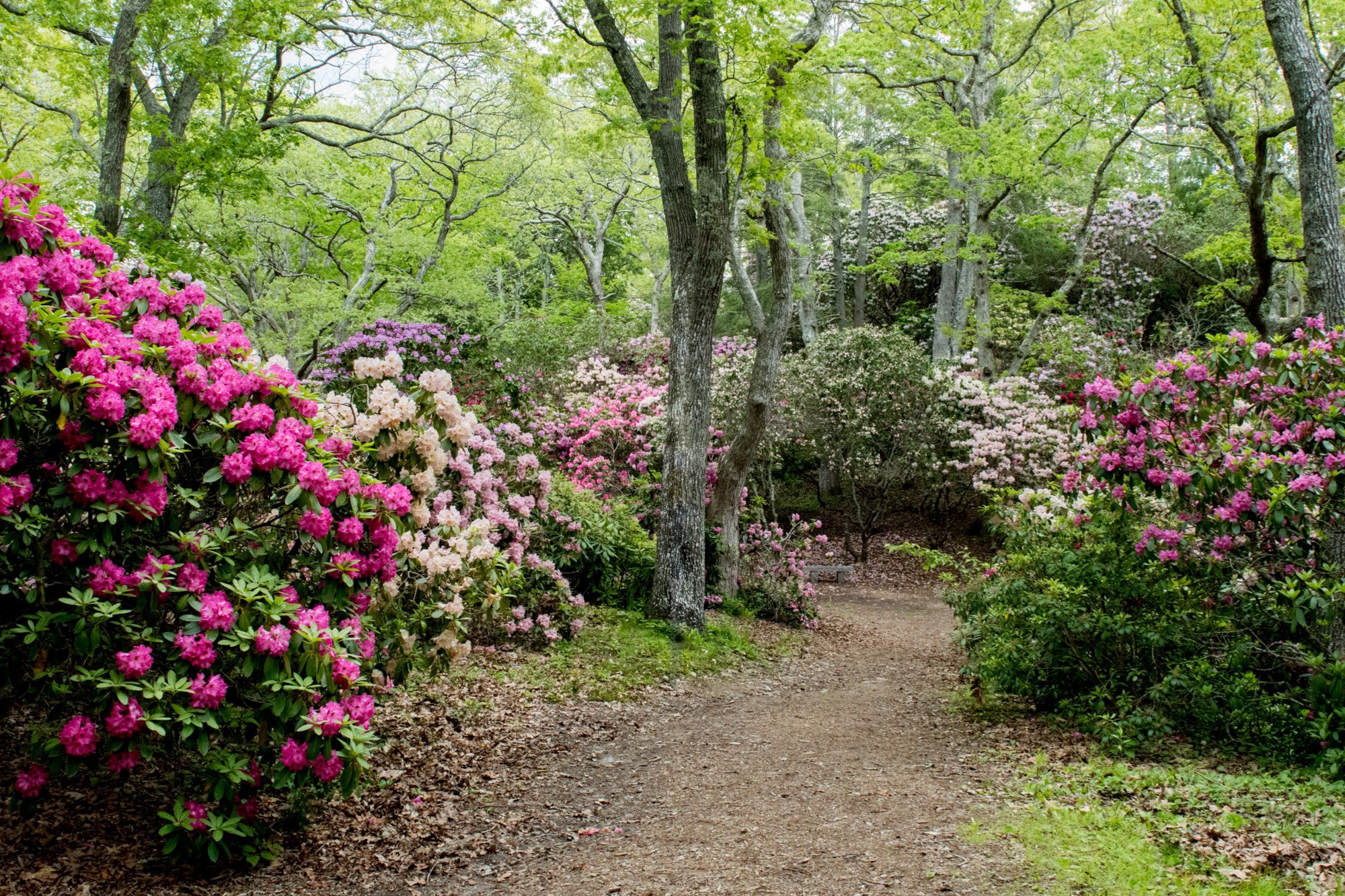The Species Has Much to Offer
October 1, 2019
The summer of 2019 was open season on Hydrangea arborescens as I encountered/observed/studied the species in Cloudland Canyon State Park (Rising Fawn, Ga.); Cumberland Plateau (Sewanee, Tenn.), and the Blue Ridge Parkway from Oconaluftee (southern terminus), to 6,053 feet at Buck Knob, N.C., the highest elevation on the parkway where extensive colonies grow on slopes, embankments and woods edges. In Cloudland Canyon it was abundant on sandstone rock faces/steep slopes in dense shade from the top of the Canyon to the waters’ edge below, ~1,000 feet elevation change. Around the University of the South in Sewanee, it was common in limestone soils in the understory. I perpetually scout for superior flower forms and through the years discovered only two, ‘Balsam’ (‘Highland Lace’ as named by Bonnie) at ~4,000 feet in Balsam, N.C., and a spotted green and white mophead along highway 106/246 leading to Highlands, N.C. The first was propagated and freely shared and is extant in cultivation; the latter I was unable to locate again as the mowing crews reduced it to green leaves. I look for it every time we travel to Highlands. Lesson learned: if possible, collect when in the presence.
Another serendipitous discovery occurred in late April 2016 when Adrian Bloom of Bressingham Gardens in England and I were careening over mountain roads in North Carolina. A flash of yellow caught our eyes. A quick reversal and a scramble up an embankment revealed a yellow foliage lacecap H. arborescens. A gold strike, or so we thought, but the entire plant (dug up) dies, cuttings do not root and hundreds of seedlings are green. Failure? Never! Thrill of the chase.


